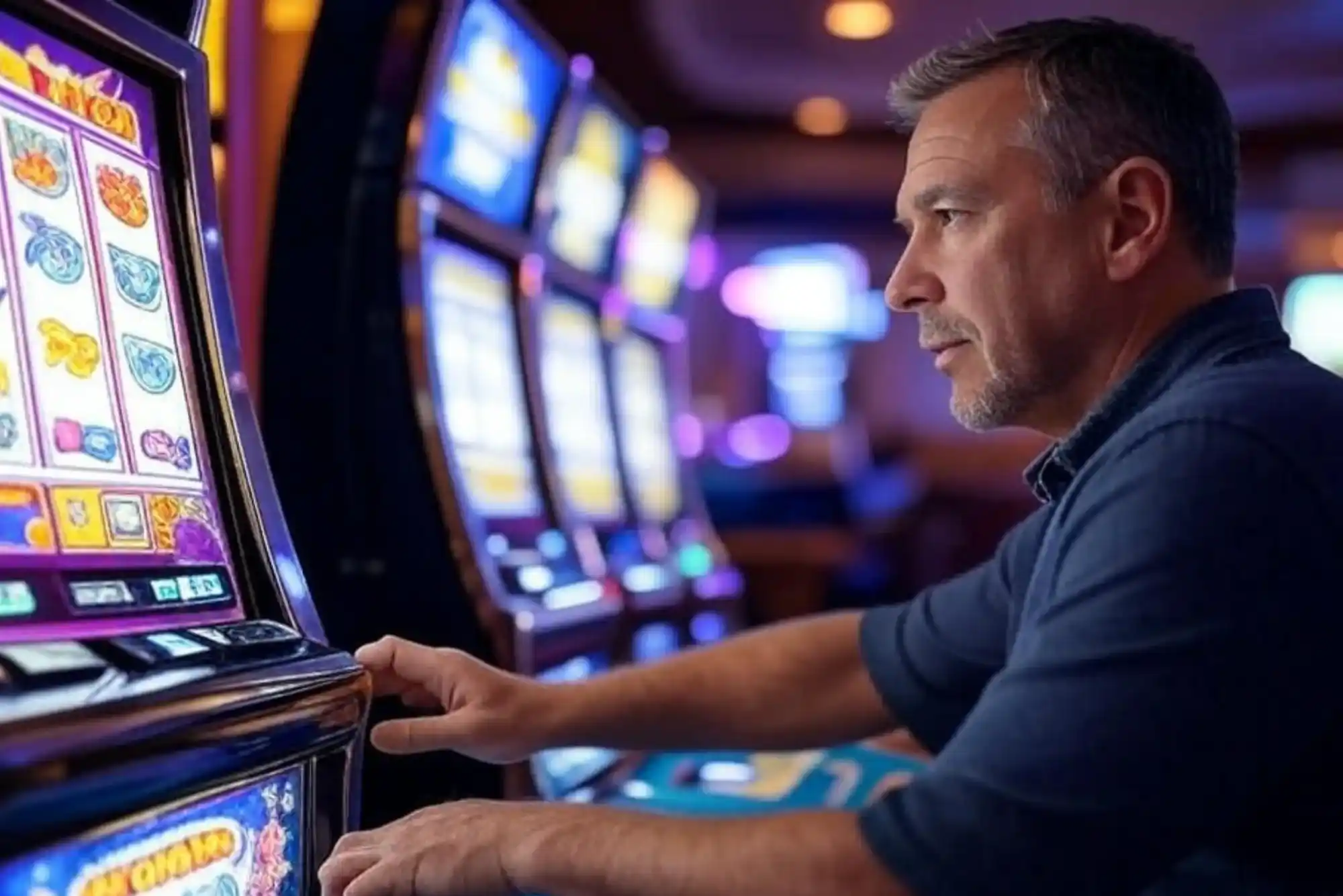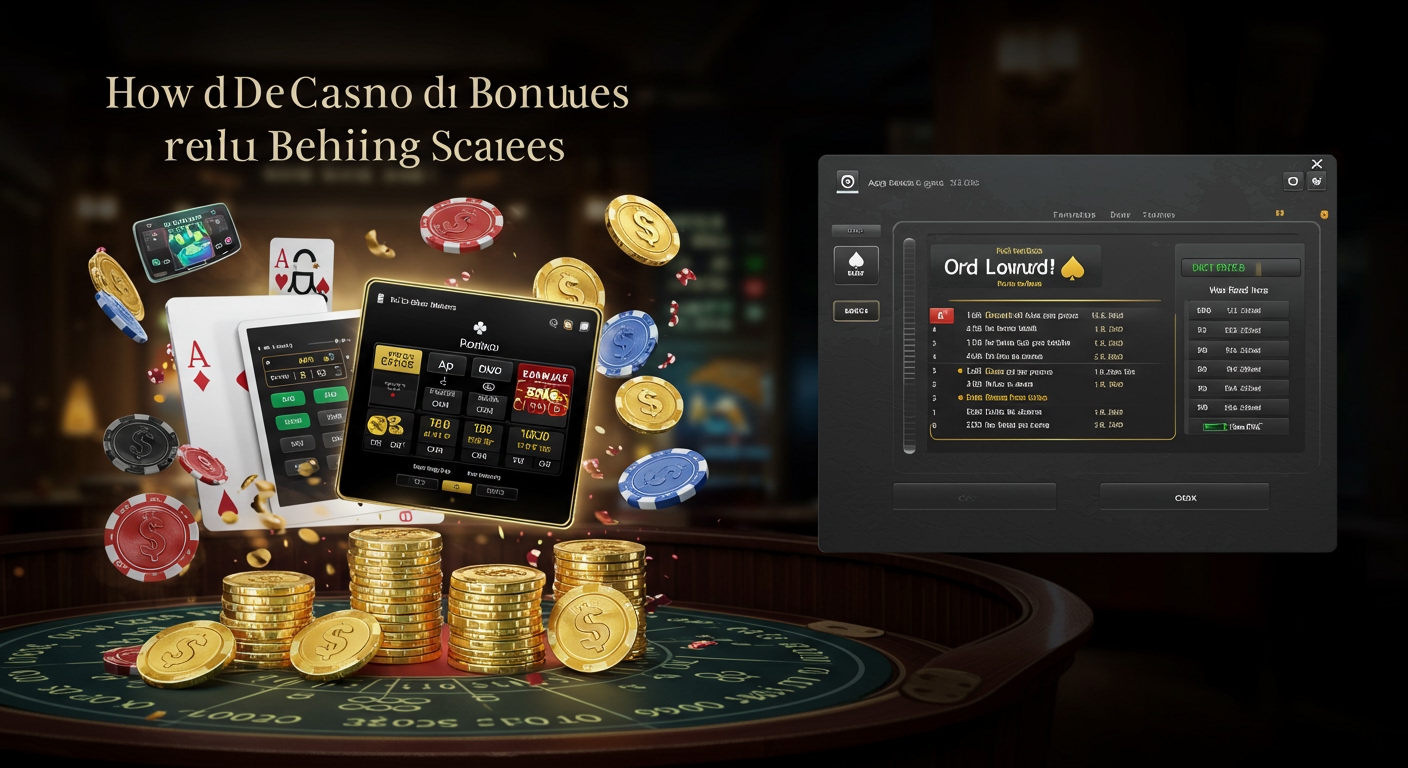The world of online casino gaming is more competitive than ever. Every spin, card flip, or roll of the dice isn’t just a matter of chance—it’s also the product of carefully crafted design choices aimed at influencing player behavior. Behind the scenes, UX design (User Experience Design) plays a subtle but powerful role in shaping how players interact with a game, how long they stay engaged, and ultimately, the decisions they make.
Having worked closely with both game designers and marketers in the online casino industry, I’ve seen firsthand how even small changes in layout, color scheme, or user interface can significantly affect a player’s journey. Whether you’re an avid gamer or someone curious about the psychology of design, this article will walk you through the intricate ways UX design impacts decision-making in casino games—especially in non GamStop casinos, where freedom of design and player experience often push boundaries.
What Is UX Design in Casino Games?
UX design, at its core, is about making products easy and enjoyable to use. In casino games, this means everything from how fast a game loads, to how the user navigates through menus, to the visual and auditory cues that accompany wins and losses. While visuals and animations are important, UX is more about how those elements guide the player and affect their choices.
Good UX design ensures that players can quickly understand how to play a game without reading lengthy instructions. It provides feedback at the right time—like celebratory visuals after a win or subtle nudges to keep playing. It also helps in creating a flow state, where players lose track of time due to how seamlessly the game pulls them in.
Psychological Triggers Behind UX Design
UX design in casino games doesn’t just aim to look nice; it’s often built around psychological triggers that influence behavior. One such concept is the illusion of control. By allowing players to interact with elements like choosing when to spin or which cards to keep, games give players a sense of agency—even if the outcome is random.
Another psychological aspect is variable rewards—a system where wins occur unpredictably. This concept keeps players engaged because they don’t know when the next win will come. UX designers take advantage of this by using flashing lights, sound effects, and visual feedback that emphasize wins, no matter how small.
This is particularly evident in non GamStop casinos, which operate independently of the UK’s self-exclusion scheme. These platforms often innovate more aggressively with design and UX, giving them more freedom to experiment with how visual and auditory cues are deployed to impact player emotions and decisions.
The Role of Interface Simplicity
Many players come to online casinos for quick, casual play. They don’t want to read manuals or be confused by complex interfaces. UX design solves this by simplifying how users interact with the game. Clean layouts, intuitive navigation, and minimalist controls all reduce cognitive load, allowing players to focus entirely on gameplay.
For instance, a well-designed slot machine will have a single spin button, clear indicators of balance and winnings, and helpful animations that show what’s happening. The goal is to reduce friction so that the player stays in the experience longer.
Non GamStop casinos often excel in this area. Because they cater to an international audience and aren’t bound by strict regulations, they frequently adopt cutting-edge UI/UX practices that streamline gameplay across different devices, especially mobile.
UX and Trust in Casino Platforms
Trust is a major factor in decision-making, especially when money is involved. UX design helps build this trust through transparency and consistency. If a user interface feels clunky or inconsistent, players may question the platform’s reliability—even if the game is fair.
Well-designed games use predictable animations, responsive interfaces, and transparent data (like visible payout rates) to communicate fairness. For non GamStop casinos, which often operate without traditional licenses, strong UX becomes even more critical. These platforms must rely on design to earn and maintain user trust since they may lack familiar regulatory symbols.
Moreover, onboarding design—how new users are guided through registration, deposit, and gameplay—also plays a huge role. Clear step-by-step instructions, progress indicators, and reassuring prompts make players more confident in moving forward with real money.
Accessibility and UX Inclusivity
UX design in casino games also considers accessibility—how easily people with varying abilities can play. This includes font sizes, color contrasts, and responsive interfaces that adapt to different screen sizes. In recent years, more casinos have started to implement accessibility standards, ensuring that no player feels excluded.
Interestingly, non GamStop casinos often lead the way in this area, particularly those with a tech-forward mindset. Since they are not boxed into the standard regulatory templates, they can develop more flexible and inclusive designs, which translates to better decision-making experiences for a broader user base.
Game Flow and Session Duration
One of the most strategic uses of UX design in casino games is to increase session duration. This isn’t about manipulation, but about engagement. Designers structure the game flow to create a rhythm that keeps the player involved without overwhelming them.
Subtle progress mechanics, such as leveling up or unlocking features, are strategically paced. Sound design and animations are timed to create anticipation or satisfaction. Every UX element contributes to a seamless loop of decision-making: play, result, feedback, repeat.
Non GamStop casinos often push this envelope further by introducing gamified layers on top of traditional casino games—like daily quests, loyalty rewards, and collectible bonuses—all designed with engaging UX in mind. These elements make players feel that their decisions are part of a larger strategy or progression system, enhancing long-term retention.
Real Examples: What Works and What Doesn’t
Let me share a quick comparison to make this more tangible.
In a UK-licensed casino game I tested, the registration process was overly strict and visually outdated. It had too many steps, requiring multiple pages before I could even try a demo game. The UX felt more like filling out tax forms than joining a game.
On the other hand, in a non GamStop casino, I encountered a sleek interface where registration took under a minute. I could test games without making a deposit, and everything was optimized for mobile. The use of smooth transitions, minimal wait times, and clear feedback after each action created a sense of flow that encouraged continued play.
The difference? UX. One platform made every decision—from clicking a button to depositing funds—feel like a chore. The other made those same actions feel effortless and rewarding.
Ethical Implications of UX in Gambling
It’s important to acknowledge the ethical line that UX designers walk in this space. While UX can make games more enjoyable and accessible, it can also be used to encourage risky behavior. Nudges that push players to continue playing, make impulsive deposits, or chase losses need to be balanced with features like cooldowns, responsible gaming reminders, and easy access to withdrawal options.
Non GamStop casinos have drawn scrutiny for this reason. Their ability to bypass some regulations means they must self-police how they use UX. Some do it well, offering responsible gaming tools and transparency. Others, unfortunately, use UX purely to drive engagement, even at the player’s expense.
That’s why for players, understanding the mechanics of UX design can be empowering. Recognizing how games are built to guide decisions allows users to stay in control of their experience rather than being unknowingly influenced.
Final Thoughts
UX design has evolved into one of the most influential forces behind decision-making in online casino games. From shaping how players navigate a game to influencing how they feel during wins and losses, UX is deeply intertwined with every decision a player makes.
In the fast-paced world of non GamStop casinos, UX design plays an even more central role. These platforms push the boundaries of engagement, using design to enhance gameplay, increase trust, and retain users without the safety net of traditional oversight.
As online casinos continue to grow and innovate, understanding UX’s role will become increasingly important—not just for designers and developers, but also for players who want to make informed choices about where and how they play. Whether you’re spinning reels or designing them, one thing’s clear: UX is no longer a background element—it’s the game-changer.
If you’d like a version of this article with examples of top-performing non GamStop casinos or design best practices for developers, feel free to ask!











